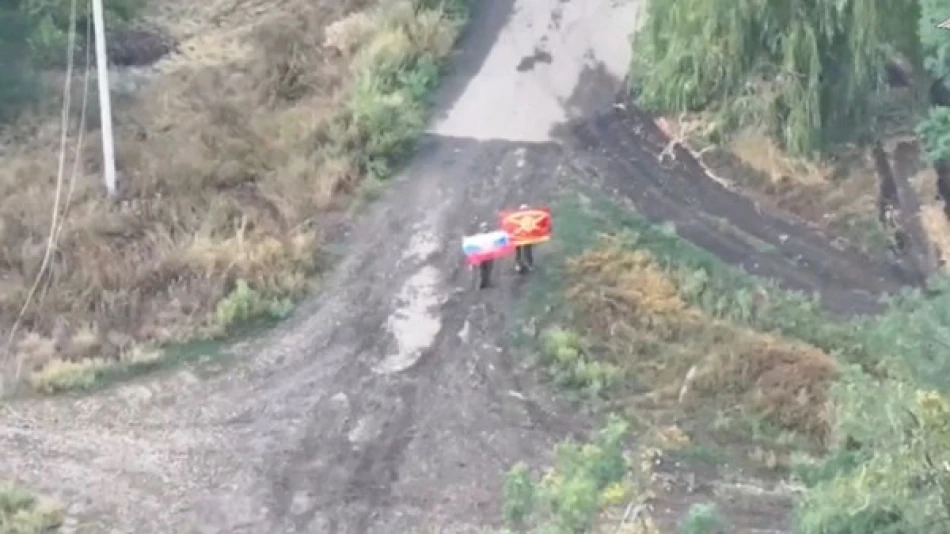
Ukraine Acknowledges Russian Forces Entering Dnipropetrovsk as Conflict Escalates
Russian Forces Breach Ukraine's Industrial Heartland as War Expands Into Central Regions
Ukraine has officially acknowledged for the first time that Russian forces have penetrated the Dnipropetrovsk region in central Ukraine, marking a significant escalation that brings the conflict deeper into the country's industrial core. This development represents Russia's most substantial westward advance in months and threatens one of Ukraine's most economically vital regions.
Strategic Breakthrough in Ukraine's Economic Center
Viktor Prigozhin, spokesperson for the Ukrainian Army's "Dnipro Forces Group," confirmed to international media that Russian troops have entered the region, stating simply: "Yes, they have entered, and fighting continues." The Russian military announced on Monday its control over the village of Zaporizhzhia within the region, which serves as a crucial industrial hub.
This marks a dramatic shift in the conflict's geography. Until Russia announced its forces had entered the region in July, Dnipropetrovsk had remained largely insulated from the intense fighting that has ravaged eastern and southern Ukraine since the invasion began.
Economic and Strategic Implications
Industrial Infrastructure at Risk
Dnipropetrovsk region houses some of Ukraine's most critical industrial assets, including major metallurgical plants, aerospace facilities, and energy infrastructure. The region's industrial output has been vital to Ukraine's wartime economy and its ability to sustain military operations.
For international markets, this development signals potential disruption to global supply chains that rely on Ukrainian industrial production, particularly in metals and agricultural processing. The region's strategic importance extends beyond its current economic output—it serves as a crucial logistics hub connecting eastern and western Ukraine.
Shifting Military Dynamics
Russia's ability to project force into central Ukraine demonstrates a concerning evolution in the conflict's trajectory. Unlike the heavily fortified eastern front lines where progress has been measured in kilometers over months, this breakthrough suggests Russian forces have found new avenues of advance.
The timing coincides with Ukraine's ongoing challenges in maintaining defensive positions across an increasingly stretched front line, while simultaneously managing personnel and equipment shortages that have become more acute as the conflict enters its third year.
Broader Context and Regional Impact
This expansion into Dnipropetrovsk represents the most significant territorial gain for Russian forces since their advances in eastern Ukraine earlier this year. The development occurs as Ukraine faces mounting pressure on multiple fronts, with international military aid packages facing political hurdles in key supporting nations.
The breach also raises questions about Ukraine's defensive strategy and resource allocation. Protecting the country's industrial heartland while maintaining resistance along established front lines presents increasingly complex military and logistical challenges that will likely influence both domestic Ukrainian policy and international support calculations.
As fighting continues in this economically critical region, the conflict's impact on Ukraine's long-term reconstruction prospects and industrial capacity becomes increasingly severe, potentially reshaping the country's economic landscape for decades to come.
Most Viewed News

 Layla Al Mansoori
Layla Al Mansoori






